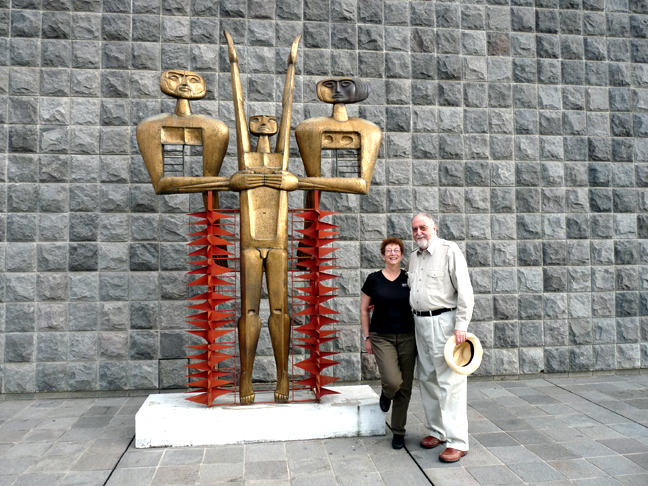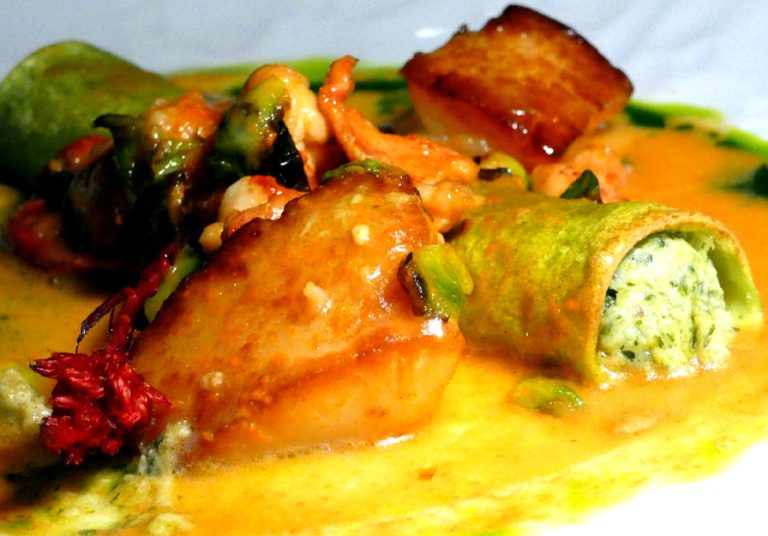Published with permission from LuxuryWeb.com
Nestled within the elevated terrain of Quito, Ecuador, you’ll discover the distinctive Guayasamin Museum, also known as “The Chapel of Man.” The museum is testament to the idea that the most compelling artists often emerge during turbulent times, as their impassioned responses — delivered through bold brush strokes and intense hues — both mirror and mold the era in which they exist. Among such luminaries is Oswaldo Guayasamin, a proud Ecuadorian of Maya/Quechua Indian descent.
The makings of an artist
Guayasamin, the eldest of ten children, was born to a working-class family in Quito on July 6, 1919. From an early age of seven, he brandished a paintbrush as a knight would a sword. Legend has it that he used his mother’s breast milk to dilute his paints, a testament, perhaps, to the fierce determination of a young boy resolutely defying the odds to become an artist.
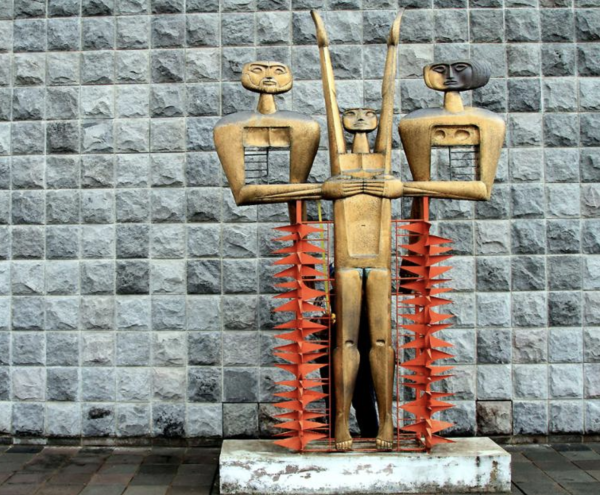
Early in his journey, he gained notoriety for caricaturing his teachers. However, a turn in his artistic journey came in 1932 when he entered the School of Fine Arts. There, he was compelled to study form and function, leading him towards his unique artistic direction.
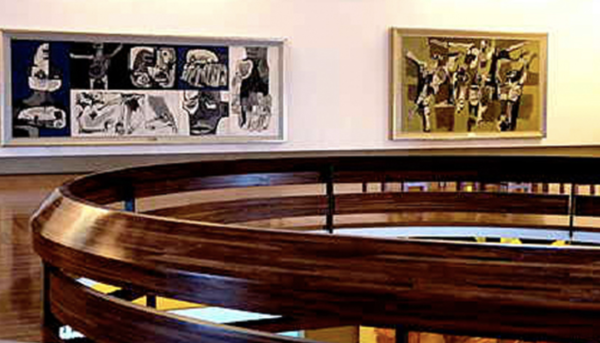
Poverty, the untimely loss of his mother, the suppression of indigenous peoples, a friend’s murder, the worldwide depression of the ’30s, the Mexican Revolution, and the Spanish Civil War – these seismic events stirred Guayasamin’s creative soul into razor-sharp focus. These experiences ignited the rebellious flame in an already antiauthoritarian boy, transforming him into a crusader against oppression, cruelty, and injustice.
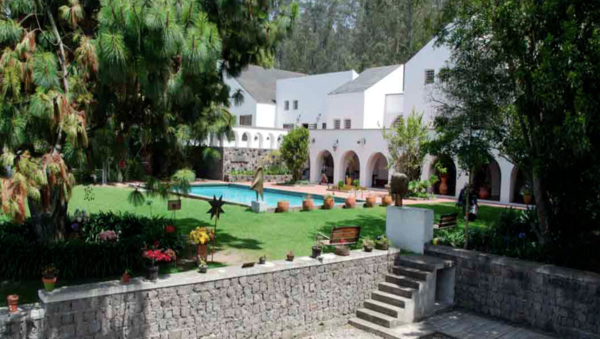
A tumultuous past
Success
You are now signed up for our newsletter
Success
Check your email to complete sign up
In his art, Guayasamin echoes the outcry of a fervent orator, rallying the masses to end inequality and injustice. His artwork, potent and descriptive, is more symbolic than realistic. Following in the footsteps of the famed Spanish painter Francisco Goya, Guayasamin used his artistry to voice his stand against brutality and tyranny.
His unique style, aptly named Indigenous Expressionism, was significantly influenced by Pablo Picasso (1881-1973) and El Greco (1541-1614). In his magnum opus ‘Manos de la protesta’ (1968), the echoes of Picasso’s devastating representation of the bombing of Guernica during the Spanish Civil War are unmistakable. Guayasamin’s use of color is intended not to beautify but to underscore the stark reality of his tormented subjects. His elongated figures are reminiscent of El Greco, but Guayasamin’s work stands unique, primal and towering, particularly when beheld in “The Chapel of Man.”
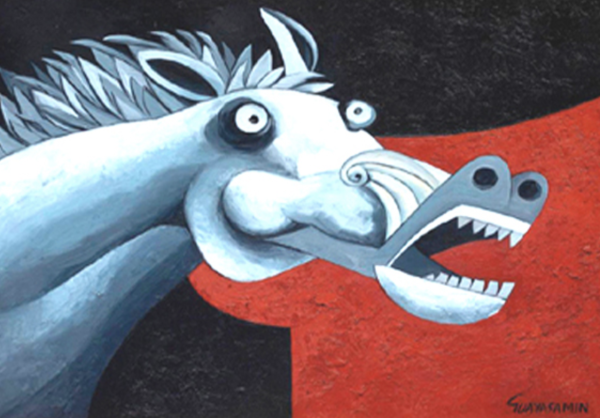
Honing his craft
Venturing along a sharply winding road, past homes huddled against the rock-face in Quito’s affluent hills, you’ll find the sanctuary that is: “La Capilla del Hombre,” in Spanish, or “The Chapel of Man.” This unique structure, designed by Guayasamin himself, was purpose-built to display his art — a solemn tribute to the suffering and achievements of Latin American peoples, from the pre-Columbian era through conquest, colonization, and integration.
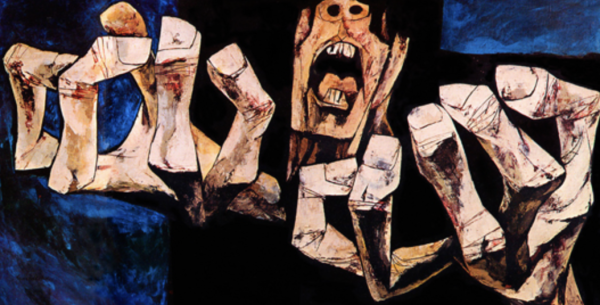
His architectural prowess is evident in the pyramid-shaped skylight that crowns the main entrance hall, creating a dramatic setting for his evocative paintings and sculptures.
However, visitors should be prepared. Guayasamin’s monumental works can be emotionally overwhelming due to their profound darkness and intensity. Yet upon leaving the building, the mood lifts as you step into a terraced courtyard overlooking the city, balanced by the tranquility of the surrounding landscaped gardens. This creates a harmonious conclusion to your visit, providing a gentle counterpoint to the deeply moving experience within “The Chapel of Man.”
Visit LuxuryWeb.com to see the original article, and more.



